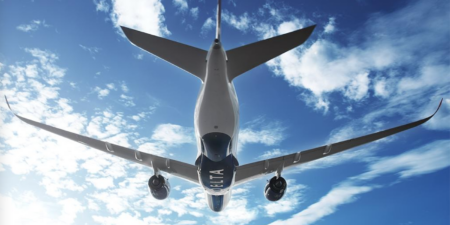December 1, 2016 – Sukhoi, in conjunction with the Central Aerohydrodynamic Institute in Moscow (TsAGI), have completed a series of tests on the Sukhoi Superjet 100 (SSJ100) aircraft which the parties say will result in improved passenger acoustic comfort factors.
TsAGI completed the cycle studies of the noise profiles that determine cabin acoustics, using microphones for noise level measurement installed throughout the length of the passenger cabin and in the crew cabin. Special windows were also used that feature detectors that measure pressure pulsation on the exterior surface of the fuselage.
Following the tests, TsAGI experts recommended that in order to achieve the quietest possible cabin, innovative vibration absorbing materials should be used in the tail and central sections of the SSJ100. Sukhoi has evaluated these suggestions and will apply them in SSJ100 manufacturing in the near future.
TsAGI experts also confirmed that the noise exposure limits inside the passenger cabin and crew cabin meet the requirements set in GOST (National State Standard) 20296-2014 and that there is room for further improvement of acoustic comfort.
According to Kamil Gaynutdinov, president of Sukhoi, “Upcoming improvements in SSJ100 acoustic comfort that will go beyond the formal requirements will ensure that SSJ100 passengers and crew get top-of-the-line flight conditions compared with those on any other regional jet. Over the past decade, Sukhoi and TsAGI have carried out a lot of tests to confirm that the SSJ100’s design meets the requirements of Russian and European aviation authorities, as well as a number of studies and tests to reveal the SSJ100’s built-in capacities, including flight range extension, acoustic features improvement and assured resource enhancement.”




